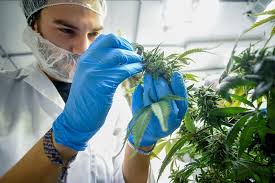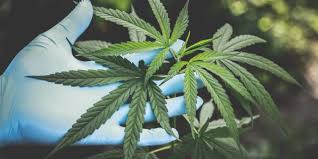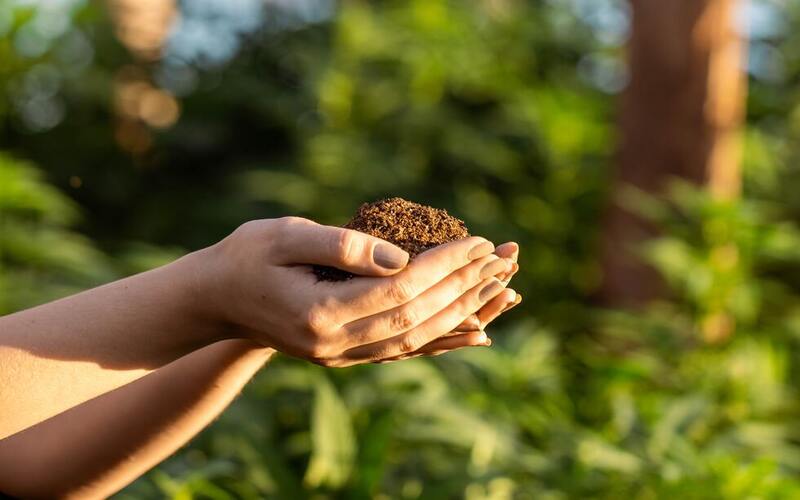After spending their early careers in a third-generation, family-owned testing laboratory for commodity grains, Kia Adams-Mikesh and Mark Adams, along with their father and grandfather, Mike and Steve Adams, turned their attention toward hemp.
They realized there was a need for unbiased third-party testing laboratories and decided to bring their expertise to the budding hemp industry.
The brother-sister team launched Adams Independent Testing (AIT) in 2019 with a focus on providing Certificates of Analysis (COAs) to buyers and sellers of hemp, testing for potency, pesticides, heavy metals, mycotoxins, terpenes, microbials, and more.
Especially in the hemp industry, quick turnaround times and attention to customer service are essential.
Existing wait times for results were often between one and four weeks — unacceptable for formulators, processors, and farmers who cannot afford to let biomass languish in a barn or warehouse, waiting for their COA.
When preparing for your hemp inspection, here are three things to look for:
Understand your state’s regulations.

Buyers and sellers of any commodity often choose to pursue certificates to prove their product is free from contaminants such as pesticides, heavy metals or mold.
The USDA has laid the foundation for hemp regulation, such as making sure the THC level is below 0.3%.
Still, variances are common when it comes to state regulations. Some states only have regulations for finished products, while others only regulate smokable hemp.
Other states have no regulations at all.
In such a new industry, the rules are always changing. Choosing to test for as many contaminants as possible helps ensure the highest quality product from start to finish.
Sample your product correctly.
While there are standard regulations for grain sampling, hemp sampling best practices lag behind.
One common example has to do with biomass stored in large plastic totes.
Many people will simply scoop biomass from the top of one tote, which does not give a representative sample.
Instead, use a probe or other sampling apparatus to get all the way to the bottom of the tote, then the middle, and finally the top.
The other key is to sample from multiple totes, which might represent different fields or strains.
This “bottom, middle, top” method works for extracts, too.
Know how to read your COA.

It’s one thing to receive a COA and another thing to decipher it. There’s no governing standard for consistency among testing results, and different labs handle and represent data differently.
Hemp buyers and sellers must look at the “limits of quantification,” which refers to how closely laboratories test for particular analytes, such as THC.
One lab may set 0.01% as the limit of quantification, while another may use 1% for the same analyte.
The second lab wouldn’t detect a reading for anything under 1%, even if the THC measured above the USDA’s limit of 0.3%.
The test isn’t technically fraudulent, but it’s a red flag.
Cannabis labs, for example, likely don’t usually set limits of quantification as low as 0.3%.
In this type of situation, partnering with an unbiased third-party lab offers an important advantage. ϖ
Learn more at https://hempinspection.com or follow on Instagram at @hempinspection.






